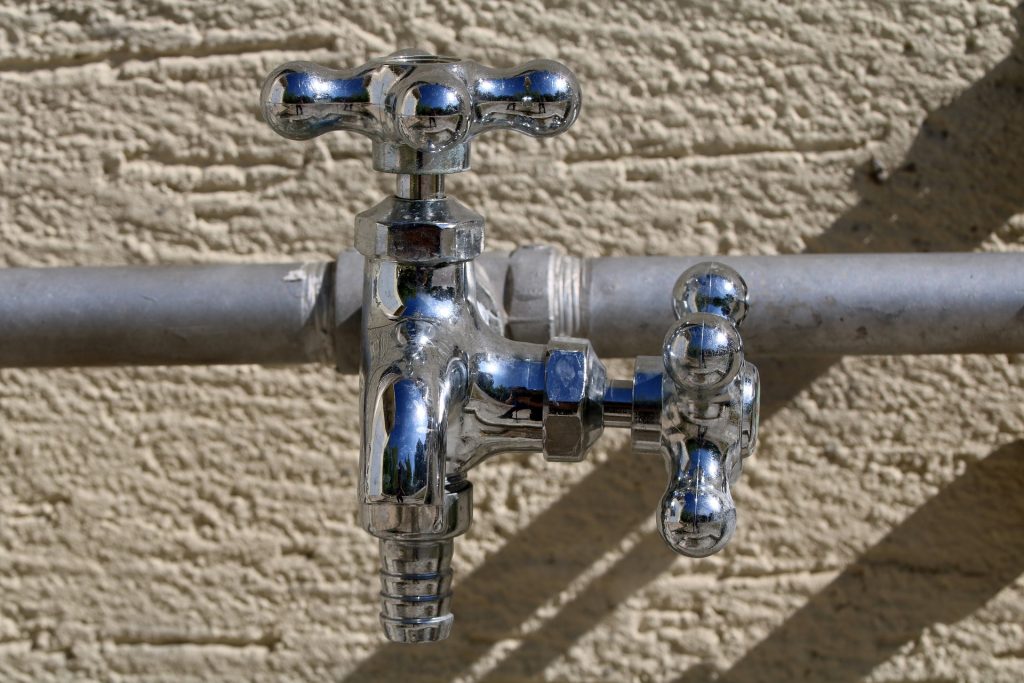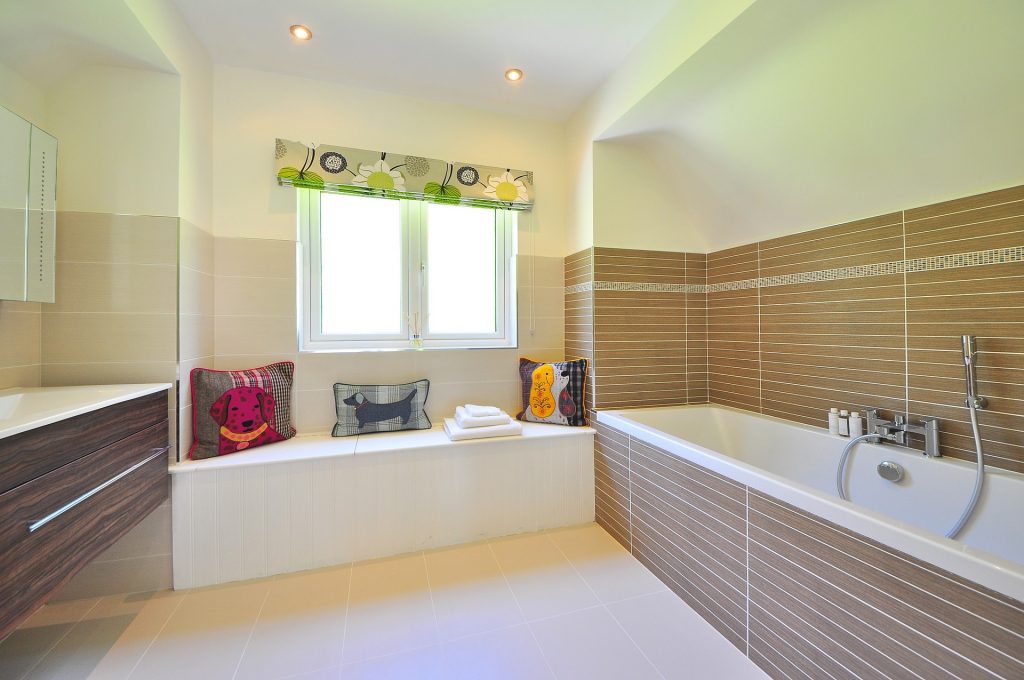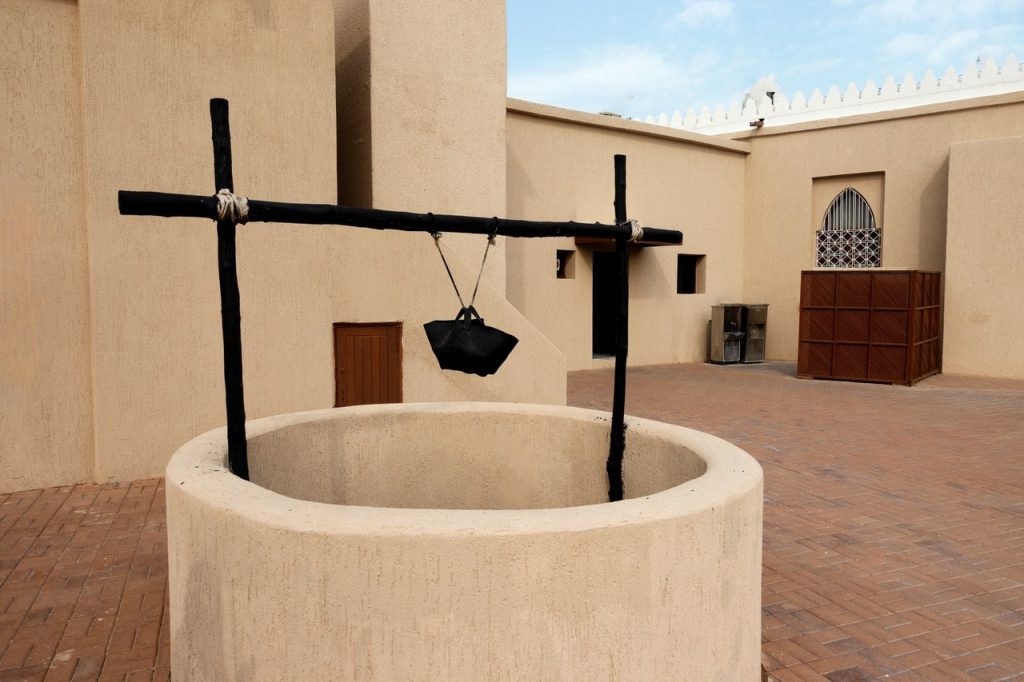Your home plumbing system includes all the pipes installed between the main water line that provides water from the city or county and the entrance to the sewage system that carries away your waste. When installing or repairing your plumbing system, you will want to assure you use the appropriate water pipe sizing by consulting with a standard water pipe sizing chart.
There are several factors that influence the decision of what size pipe to use. In addition to a standard pipe sizing chart, builders employ local plumbing codes, water pressure factors, and your building structure to determine what water pipe sizes to use. These uniform selections will make it easier for you to locate the correct replacement on a pipe sizing chart when replacing pipes.
What Size Pipe Do I Need?
If you are replacing a pipe in your home, the easiest solution is to simply purchase the same size pipe and reinstall it. However, if you are adding something new, you’ll need to know what is the best size pipe to use. Before you start a new project, you should first consider the water pressure in your home. Your local building code can provide you with what is called a fixture unit that shows you the cubic feet of water used per minute of any given appliance or fixture. You can use this information to determine what type and size pipe is best for your project.
If your project is on a larger scale than just a single appliance, you’ll want to consult a pipe sizing chart, but first, you’ll want to determine the fixture unit ratings discussed above and estimate the length of the pipes needed to supply them. Generally speaking, the main pipeline from the street to your home is either ¾ or 1 inch in diameter. Supply pipes are ¾ inch in diameter and individual components are ½ inch in diameter.
Your water pressure decreases by about a half pound per square inch for every foot a pipe extends above your water supply, which is especially important when running new lines to an upper-level area of your home. What this means is that pipes being run to second or third floors might need to be larger than what you’d use on a ground floor or in a basement. Once again, you should consult with your local building code’s pipe sizing chart for the proper pipe sizes to use or contact a plumbing expert, but the chart below will give you some idea of the usual pipe sizes.
| Fixture or Appliance | Cold Water Pipe | Hot Water Pipe |
| Toilet | 3/8” | |
| Bathtub | ½” | ½” |
| Bathroom Sink | 3/8” | 3/8” |
| Shower | ½” | ½” |
| Kitchen Sink | ½” | ½” |
| Dishwasher | 3/8” to ½” | 3/8” to ½” |
| Washing Machine | ½” | ½” |
| Laundry Sink | 1/2” | ½” |
| Water Heater | ¾” |
What Sort of Pipe Should I Use?
PEX
This non-recyclable pipe is an inexpensive cross-linked polyethylene pipe used to supply water. It is rigid enough to handle water pressure but flexible enough to snake through walls, ceilings, and crawlspaces. Because of its flexibility, it must be well supported. It must be installed properly since any leaks can be disastrous to walls or ceilings. It is color-coded, making it easy to determine whether a pipe is carrying hot (red) or cold (blue) water. It can be cut easily and joined with copper pipe where needed.
PVC
This inexpensive polyvinyl chloride piping is used for drain or vent lines. It is lighter to work with than the galvanized steel pipe used before it gained popularity. It is easy to cut and install using glue solvents, which means that you’ll have to cut and replace those sections if repairs are needed later. It must be well supported with all fittings installed accurately and tested. Diameters are marked on the outer surface of the pipe for ease of selection. This pipe can degrade in sunlight, so be sure it has been stored properly before purchase and covered well during installation.
Copper
Rigid copper pipe is usually used for water supply lines in the home. It is easily cut with a hacksaw or a tube cutter designed for the purpose. This pipe is connected by soldering it, which means you will require expertise in that area and careful safety must be observed. However, copper handles heat exceptionally and endures under pressure. Copper is more expensive, but is recyclable and holds value as scrap.
ABS
Acrylonitrile butadiene styrene pipe is most often used for vents and drain lines. It looks very similar to PVC pipe, but it is black and stronger than PVC. It is an excellent choice for exterior underground use and has a high tolerance for heat. It must be properly installed and supported and can only be used on the exterior of the home for non-potable water. Because it is thinner and highly flexible, it can be prone to breakage more so than other options.
Galvanized Steel and Cast Iron
If you have an older home, you might find one of these two types of pipes in places. Galvanized steel pipe was used for years as multi-purpose piping for drains, supply lines to tankless water heaters in Phoenix, gas lines, and other purposes. The ends of this type of pipe are threaded and screwed together using fittings. Cast iron pipe was used for sewers and drains. It can still be found in some homes and continues to be used in commercial or large-scale residential buildings. It is heavy and hard to cut, plus it will eventually rust through over time, though it will take quite some time depending on the environment in which it is used. It is usually replaced by ABS if it needs to be upgraded.
Armed with this information, you should be able to at least begin planning your project. With the right tools, you can complete the addition of any new appliance or fixture yourself. However, you might be better served in the long run by having a quality plumber perform your installation and provide a guarantee of the work. Ultimately, it is up to you how you approach your project.
[related_posts_by_tax posts_per_page="3" format="thumbnails" image_size="medium"]








